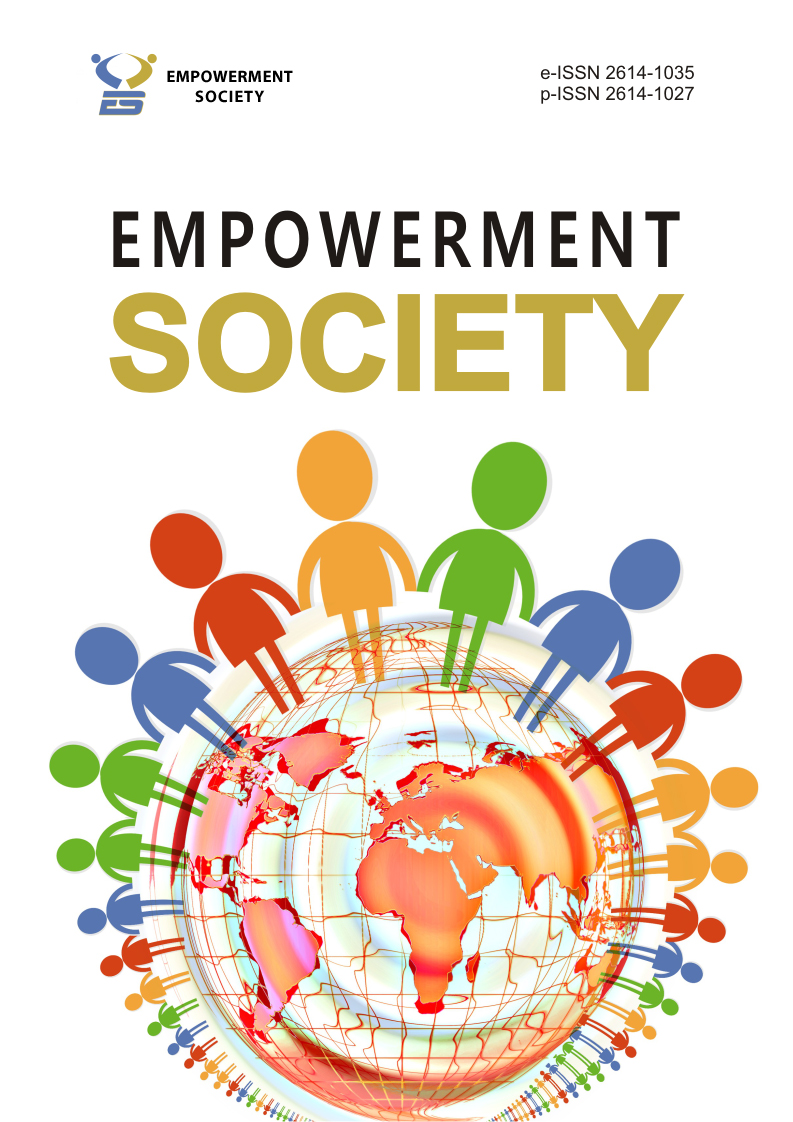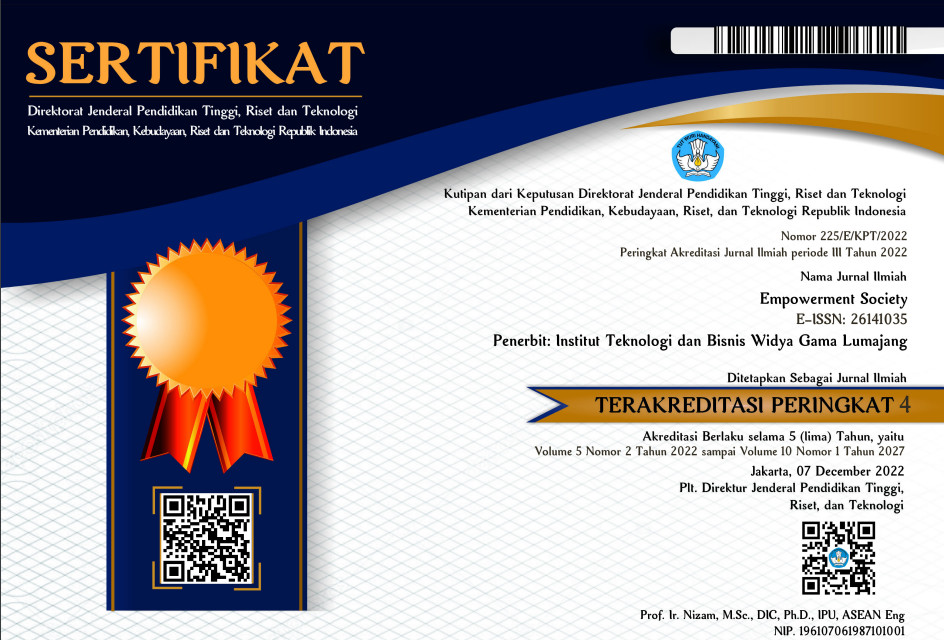Appropriate Technology Innovation “Biopharmaka Grinder” as a Means of Optimizing the Economy of the Senduro Community – Lumajang
DOI:
https://doi.org/10.30741/eps.v8i1.1392Keywords:
Appropriate Technology Innovation, Biopharmaca Grinder, Herbal Plant Processing, Local Economic SustainabilityAbstract
Lumajang Regency, Senduro District, East Java is famous as a center for the production of spices and herbs. Due to its abundant natural potential, various biopharmaceutical plants have been developed and are now major players in the local agricultural industry. The area is rich in natural resources, including vast agricultural lands and a climate that supports the cultivation of many medicinal plants. However, the challenge often faced by farmers is the lack of efficient processing equipment, which hinders the realization of the full potential of these biopharmaceutical components. Appropriate technological innovation The tool known as the “Biopharmaceutical Grinder” is intended to maximize the grinding of several biopharmaceutical raw materials, including spices, herbal plants, and other natural components. Biopharmaceutical Grinder can increase the output and market value of local goods by creating an instrument that is easy to use and friendly to rural communities. The creation and distribution of the Biopharmaceutical Grinder is expected to enhance Senduro's position as a center for biopharmaceutical processing in East Java and make it a model for other regions that want to utilize their natural resources in an environmentally responsible manner.
Downloads
References
Ari Riswanto, JJ (2024). Digital Business Economics: Dynamics of Business Economics in the Digital Era. Jambi: PT. Sonpedia Publishing Indonesia.
Hasan, H. (2022). Development of a Centralized Documentation Information System at STMIK Tidore Mandiri. Information Systems and Computers, 23-30.
Prawiyogi, AG, Sadiah, TL, Purwanugraha, A., & Elisa, PN (2021). The Use of Big Book Media to Cultivate Students' Reading Interest in Elementary Schools. Journal Basicedu, 446-452.
Rachmawati, TN, & Supardi, ZA (2021). Analysis of Conceptual Change Model with Cognitive Conflict Approach to Reduce Physics Misconceptions with Library Research Method. PENDIPA Journal of Science Education, 133-142.
Riswanto, A., Joko, Napisah, S., Boa, Y., & Devy Kusumaningrum, NN (2024). Digital Business Economy: Dynamics of Business Economics in the Digital Era. Jambi: PT. Sonpedia Publishing Indonesia.
Serfiyani, CY, Hariyani, I., & Serfiyani, CR (2020). Legal Protection for Traditional Indonesian Alcoholic Beverages. State of Law: Building Law for Justice and Welfare, 267-287.
Sugiyono. (2017). Quantitative, Qualitative and R&D Research Methods. Bandung: CV. Alfabeta.
Windusancono, BA (2021). Efforts to Accelerate the Growth of Micro, Small and Medium Enterprises (MSMEs) in Indonesia. Administration Forum, Faculty of Social and Political Sciences, Untag Semarang, 18 (1), 01-14.
Zellatifanny, CM, & Mudjiyanto, B. (2018). Types of descriptive research in communication science. Diakom: Journal of Media and Communication, 83-90.
Downloads
Published
How to Cite
Issue
Section
License
Copyright (c) 2025 Emmy Ermawati, Istichomah, Maysas Yafi Urrochman

This work is licensed under a Creative Commons Attribution-NonCommercial 4.0 International License.










